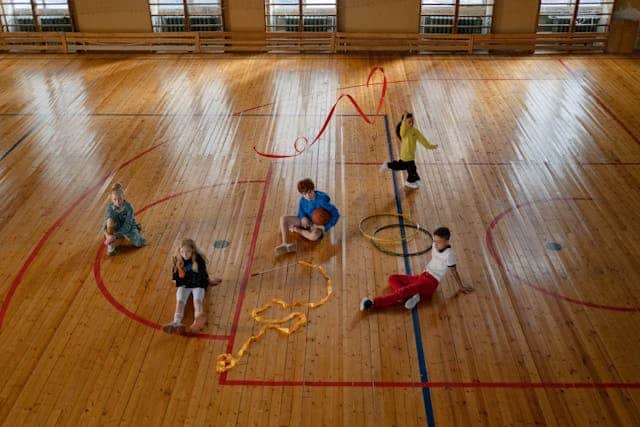
Sedentary behavior and the risk of stroke: A systematic review and dose-response meta-analysis
January 18, 2023
Economic burden of excessive sedentary behaviour in Canada
January 31, 2023A paper titled “Questionnaires Measuring 24-Hour Movement Behaviors in Childhood and Adolescence: Content Description and Measurement Properties—A Systematic Review” was recently published in the Journal of Physical Activity and Health. The summary of the paper and citation details are re-posted below. The full publication can be found here.
ABSTRACT
Background: We aim to systematically review the literature on measurement properties of self- and proxy-reported questionnaires measuring 24-hour movement behaviors in children and adolescents. Methods: PubMed, PsycINFO, SPORTDiscus, and EMBASE were searched until June 2021. Studies were included if the sample size for validity studies had 50 participants (minimum) and included, at least, both validity and test–retest reliability results of questionnaires. The review followed an adaptation of the Consensus-based Standards for the selection of health Measurement INstruments guidelines, to evaluate the quality of measurements properties of the questionnaires (content, convergent and criterion validity, reliability, measurement error, and responsiveness), as well as the risk of bias of each measurement property. Results: This review included 29 studies, describing 37 questionnaires. Sixty-eight percent showed “adequate” content validity. None of the questionnaires showed overall “adequate” criterion validity, and the risk of bias was “very low” for 92%. One questionnaire showed “adequate” convergent validity, and 73% of the studies were classified with a “high risk of bias.” Seven questionnaires showed “adequate” reliability, and 27.3% of the studies were rated with a “very low risk of bias.” None of the questionnaires showed “adequate” criterion validity and reliability, simultaneously. Conclusions: Existing questionnaires have insufficient measurement properties, and none considered the 24-hour movement behavior paradigm. These results highlight the need for better questionnaires of movement behavior combinations, to improve the monitoring and surveillance systems of 24-hour movement behaviors in this population.
CITATION




